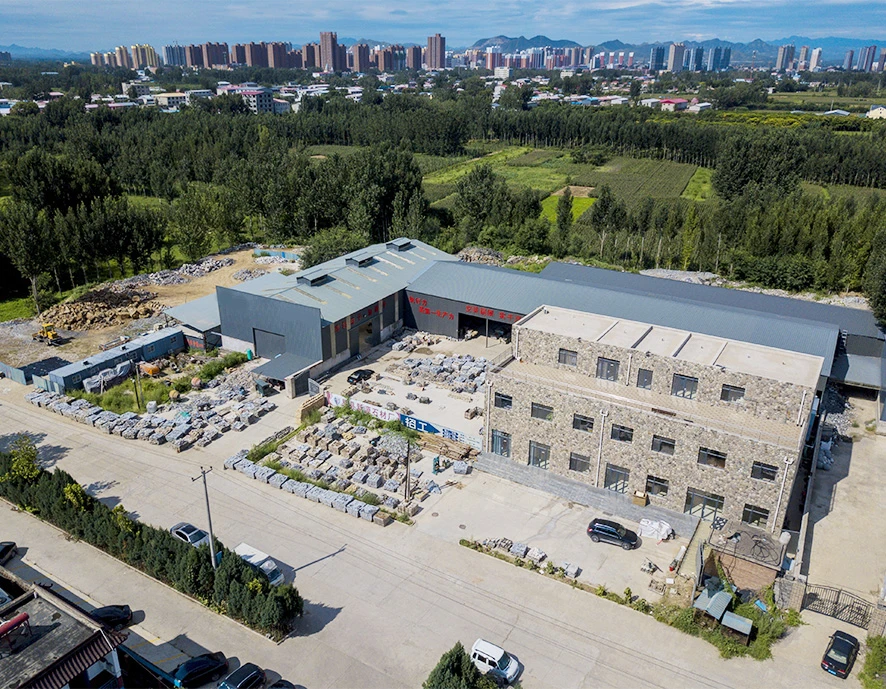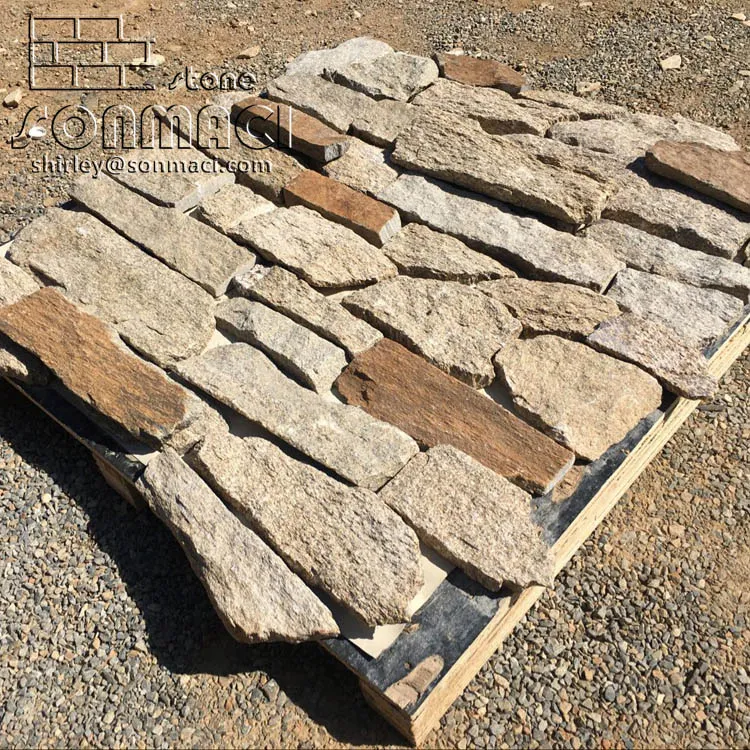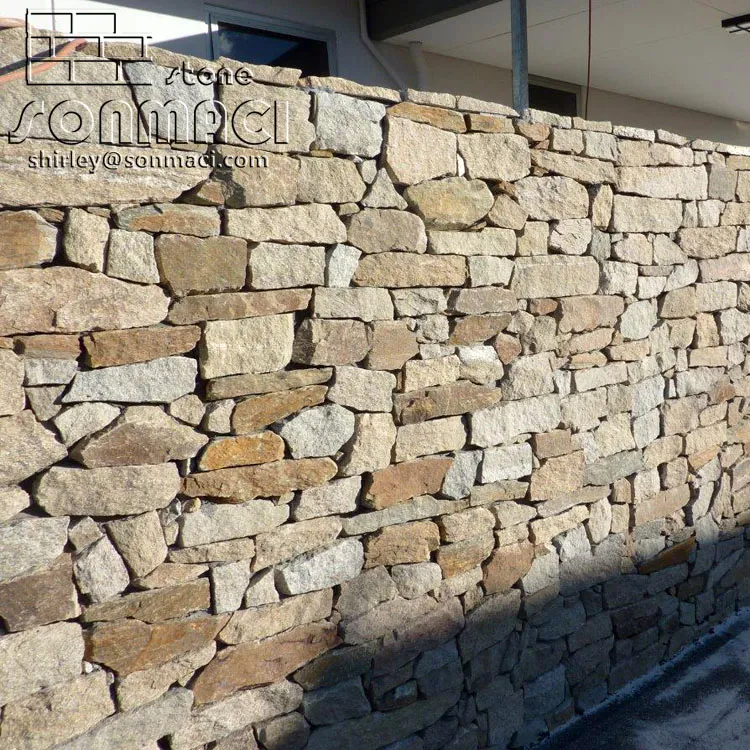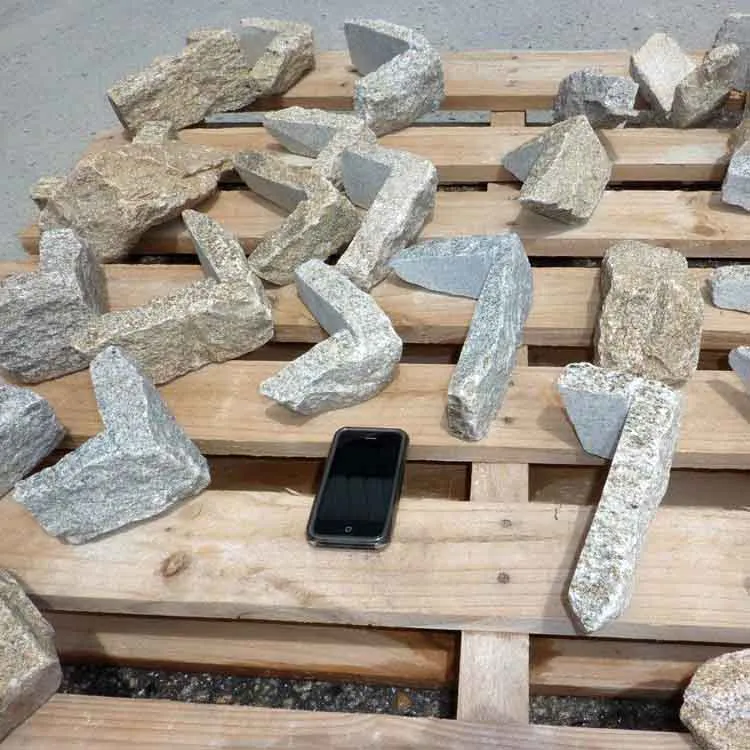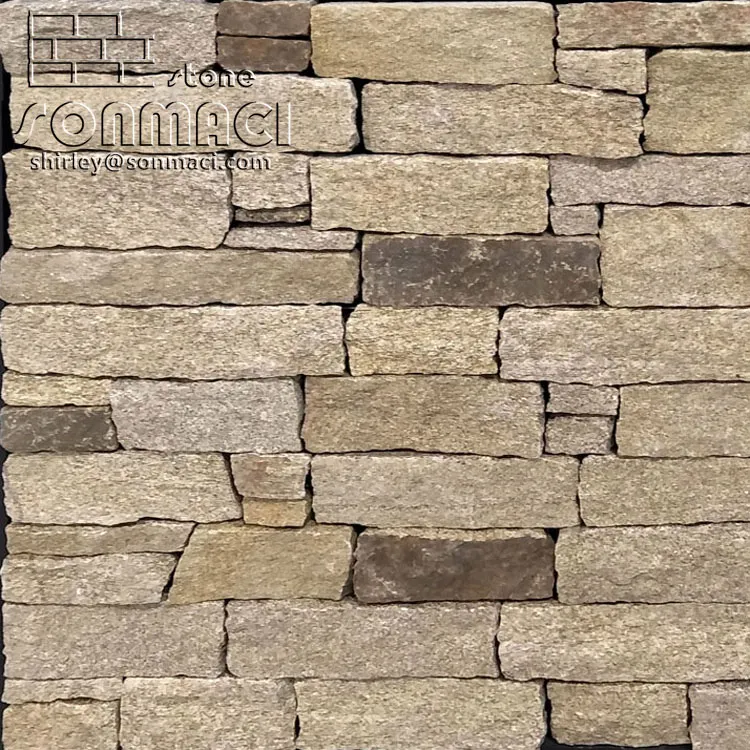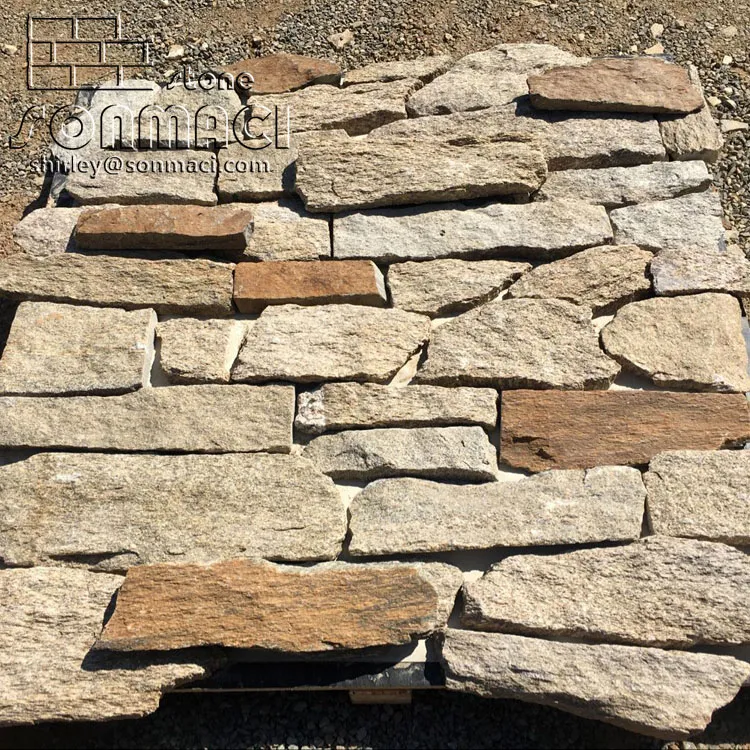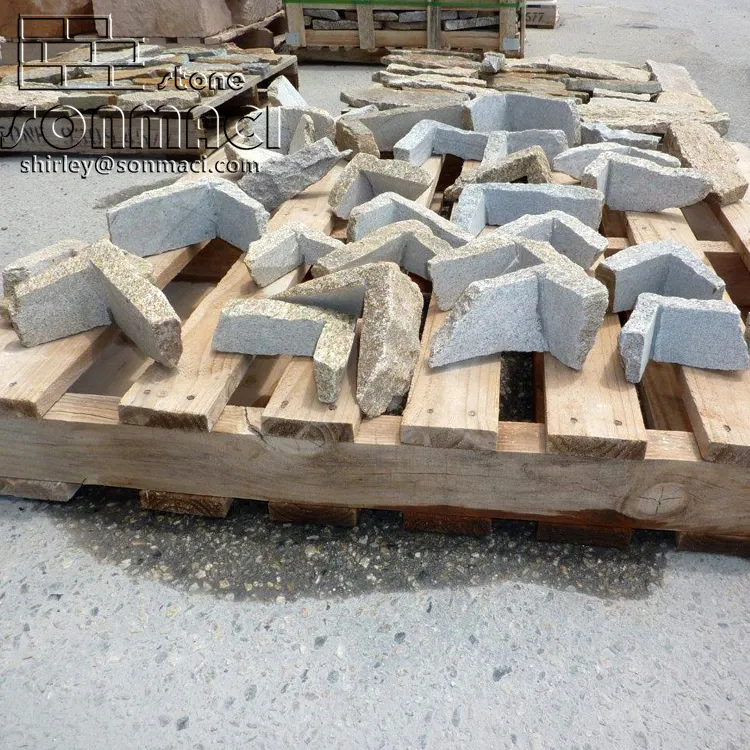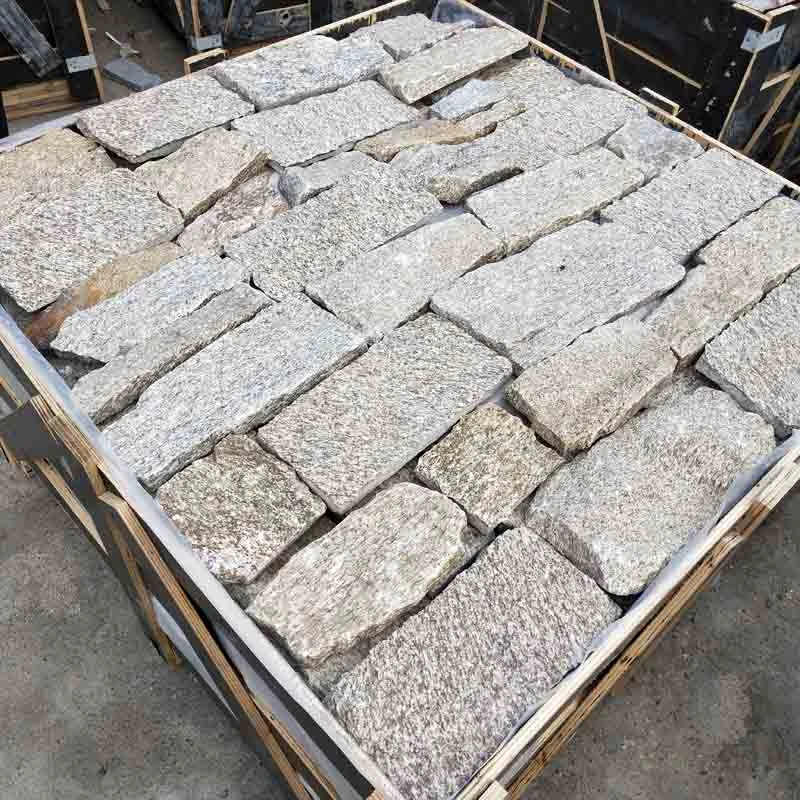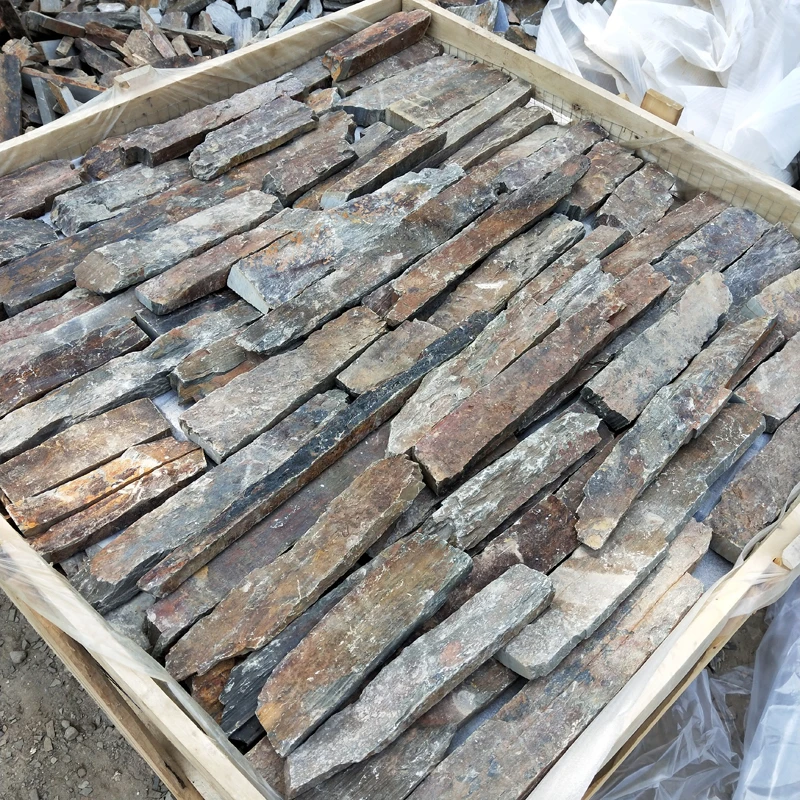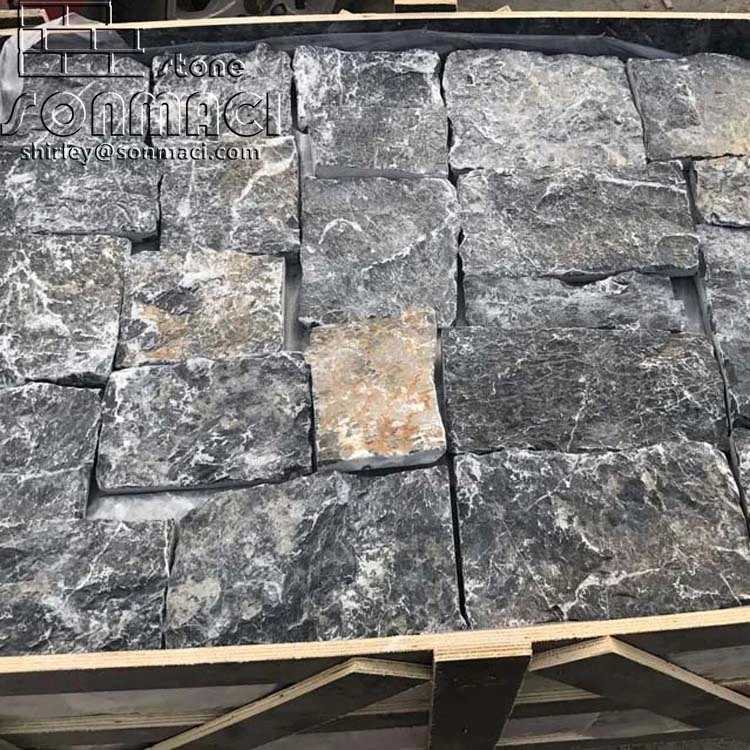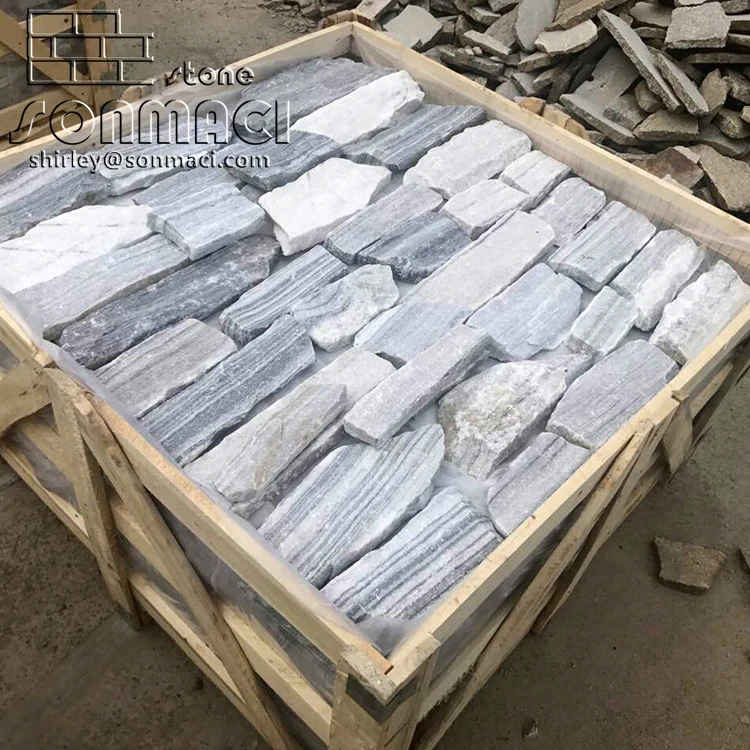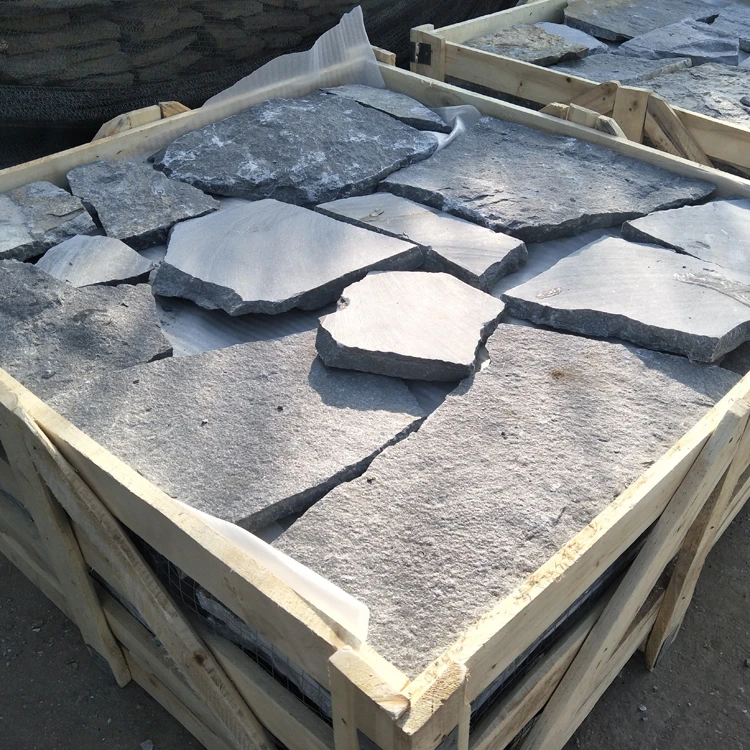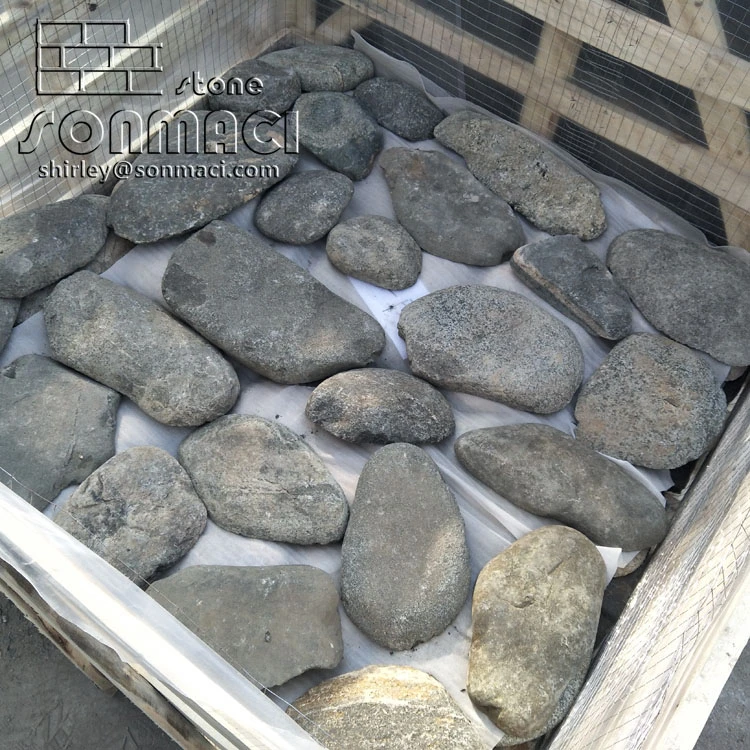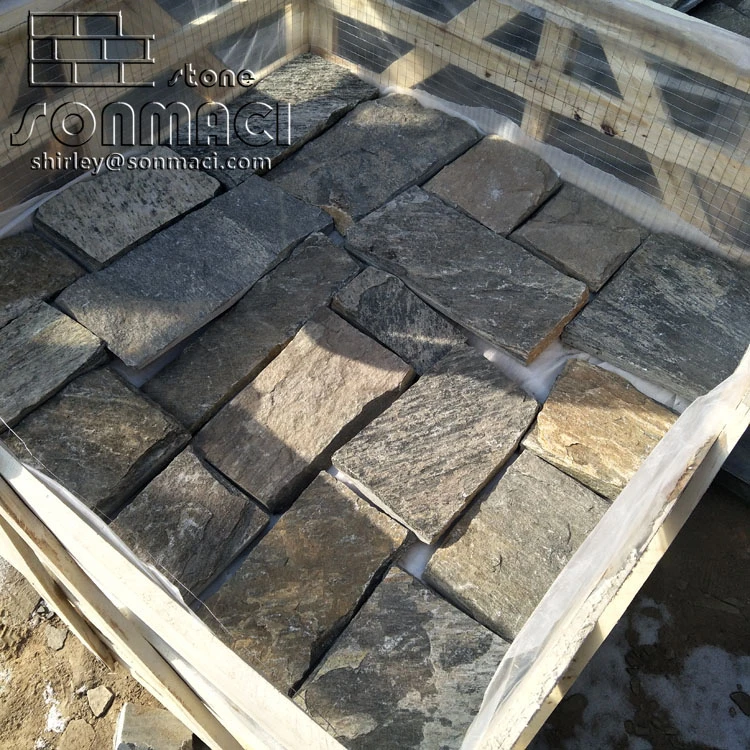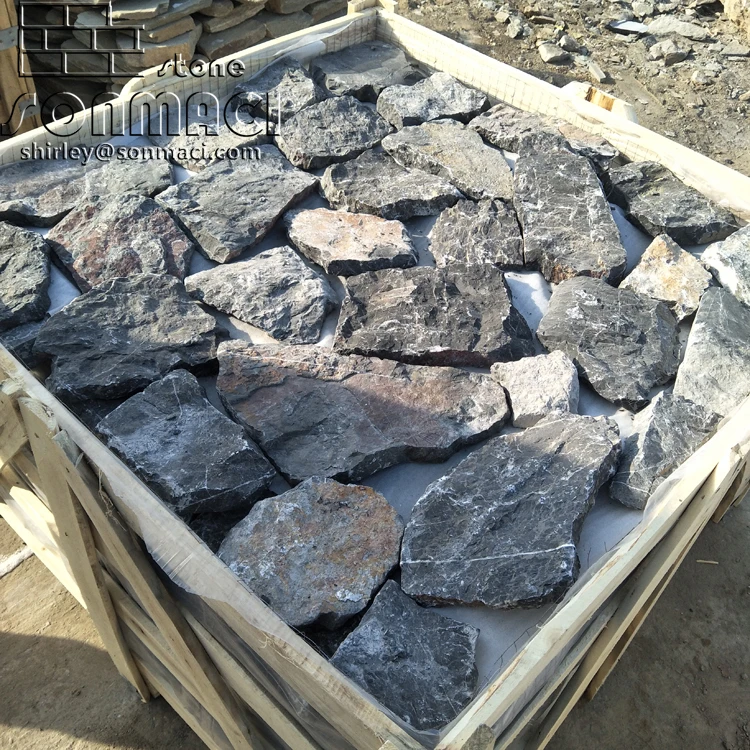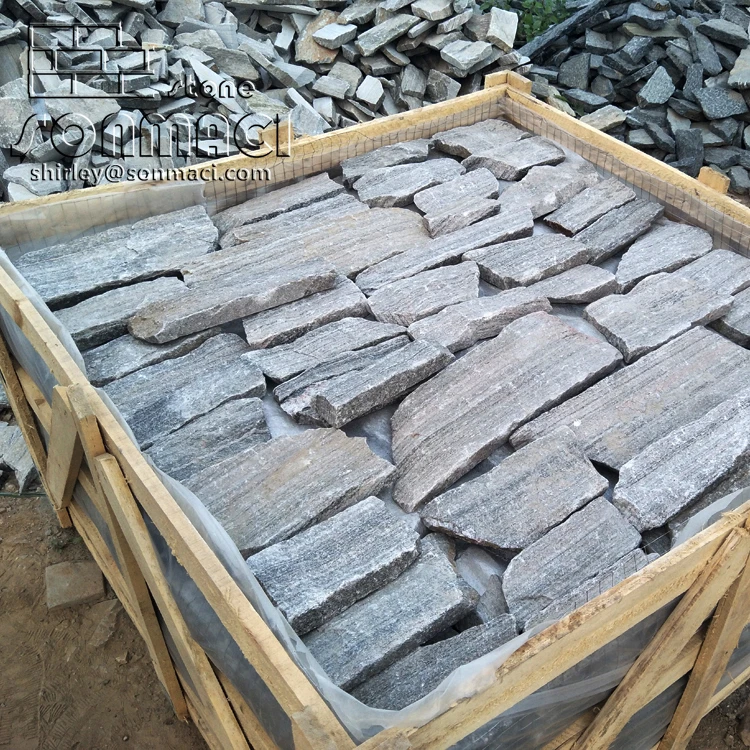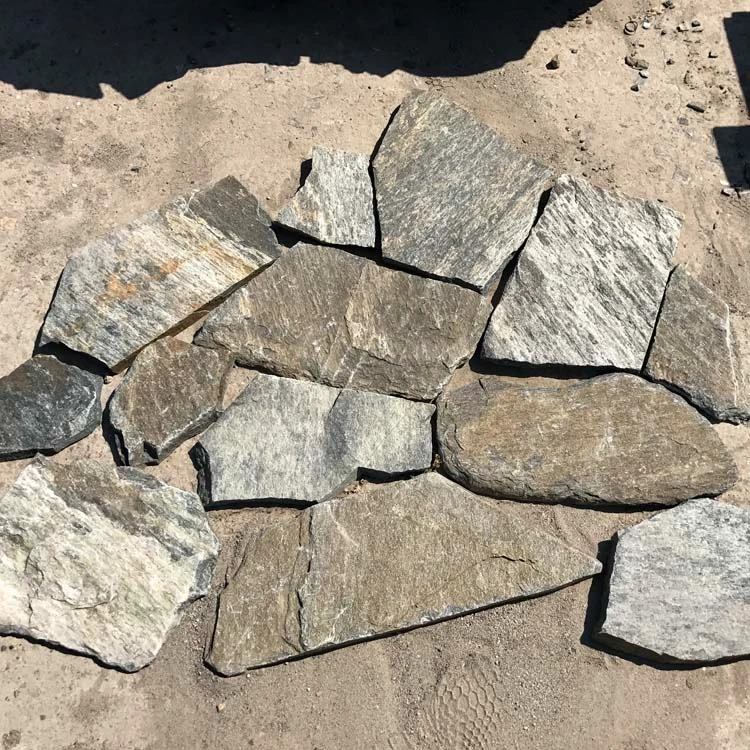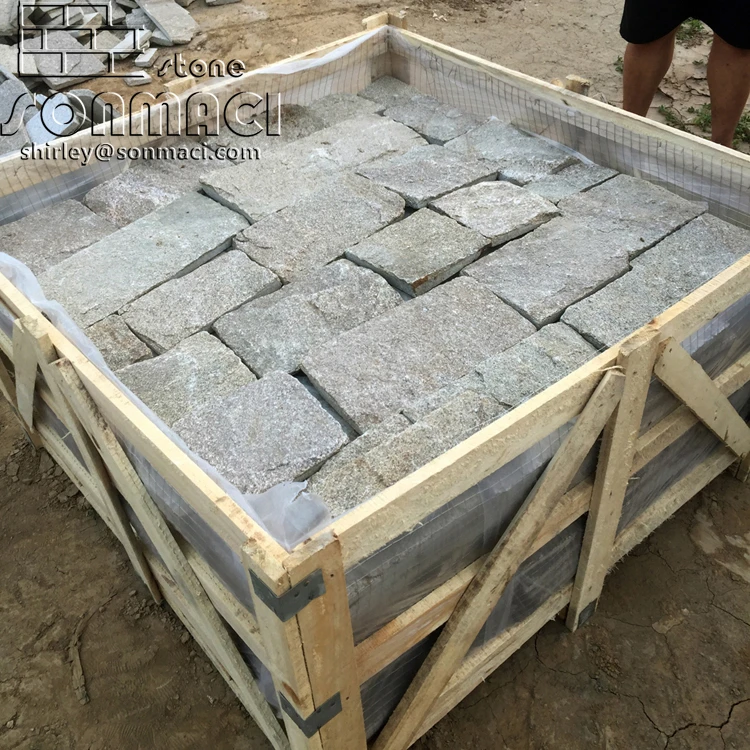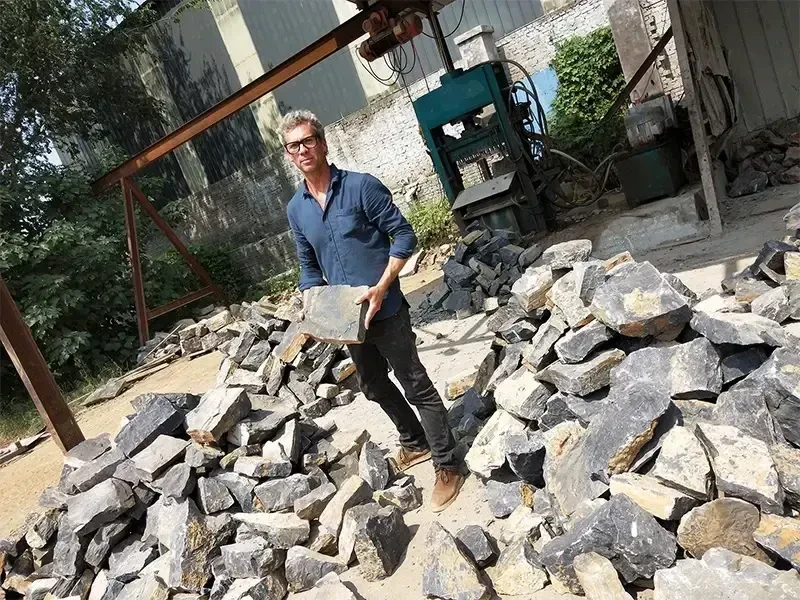Seseam Yellow Loose Stone Veneer Panels And Corner
|
Item |
Seseam yellow Loose Stone Veneer Panels and Corner |
|
Material |
slate / marble and other stone |
|
Color |
white /green/black/ rusty and more available |
|
Feature |
Riched veins, solid texture and bright colors, low water absorption,Resist acid,light,fire and coldness. |
|
Usage |
For indoor and out door walls , floor and ground decorating . Such as the floor and wall of bath room , swimming pools , halls ,entrance ,floor in lift and so on . |
|
Size |
Length:2"-14" W:1"-6" |
|
Packing |
15sqm/crate, export standard |
|
Loading Port |
TIANJIN |
|
Payment Item |
30% T/T in advance and 70% balance at once against the copy of B/L |
|
Delivery Time |
15 days for one 20 FCL after receive the deposit |
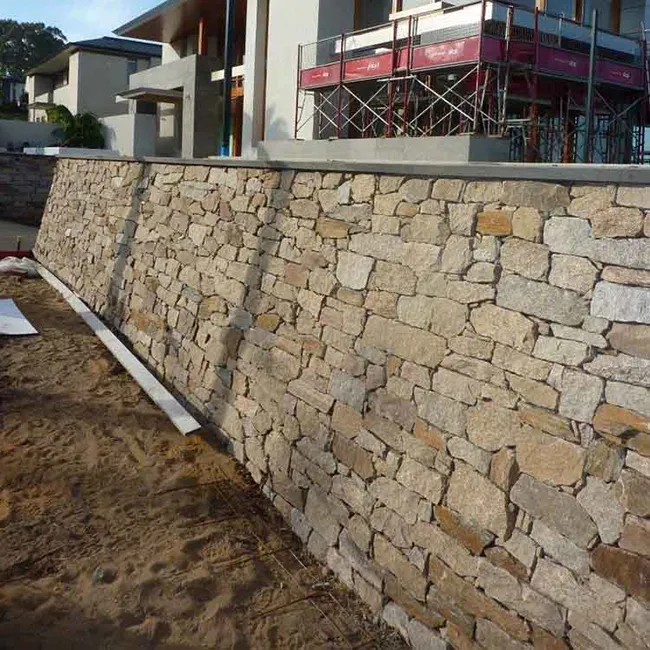
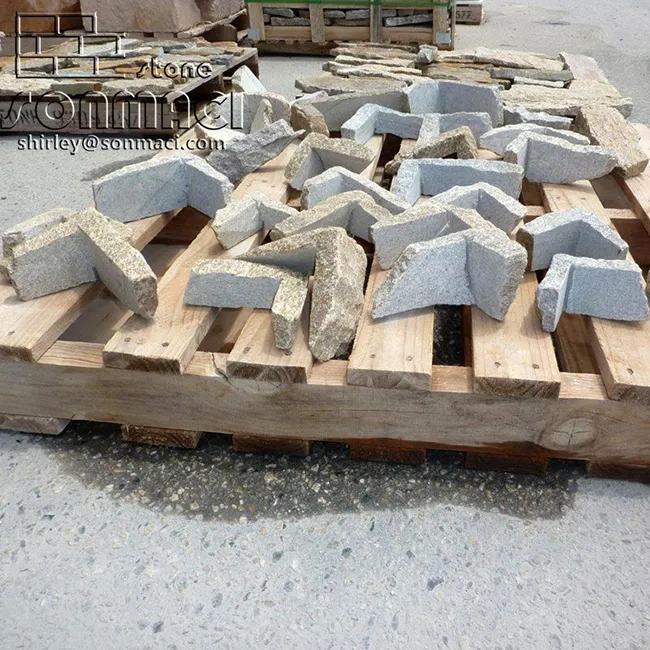
The Art and Function of Loose Stone Corners in Architectural Design
In the world of stone cladding, loose stone corners represent a critical intersection where structural integrity meets aesthetic intention. These carefully composed transitions transform ordinary wall surfaces into dimensional artworks while solving practical challenges inherent to stone installation. The corner treatment with loose stone requires a nuanced understanding of material behavior, visual continuity, and craft techniques that elevate simple wall coverings into architectural statements.
The fundamental purpose of loose stone corners extends beyond mere decoration—they serve as the structural keystones of stone-clad walls. Unlike manufactured corner units that prioritize uniformity, loose stone corners celebrate geological individuality while maintaining essential stability. Each corner stone becomes a carefully selected anchor point, its natural shape and weight distribution determining the flow of the entire installation. The best craftsmen approach these corners as opportunities rather than obstacles, using them to establish rhythm and balance that radiates across adjacent wall surfaces.
Visual continuity forms the hallmark of successful loose stone corner design. The transition from wall face to corner requires stones that maintain consistent thickness while offering complementary face shapes—a balancing act between geometric necessity and organic expression. Skillful installers rotate corner stones to reveal their most interesting planes, creating depth and shadow play that changes with viewpoint and daylight. This thoughtful orientation turns corners into focal points rather than awkward junctures, with the stones' natural irregularities preventing the mechanical stiffness that plagues precast alternatives.
Material selection for corner stones demands particular attention to durability and workability. Stones destined for corners typically exhibit greater density and fracture resistance than field pieces, as they must withstand potential impacts and weather exposure from two directions simultaneously. The most effective corner stones possess enough structural integrity to be trimmed or shaped as needed without sacrificing their natural cleft faces—a testament to the quarry's initial selection and the fabricator's discerning eye.
Installation techniques for loose stone corners reveal the true artistry of stone masonry. Traditional methods involve laying corner stones first to establish plumb lines and plane transitions, then working outward to fill wall sections. Modern adaptations might incorporate hidden mechanical anchors or specialized mortars that accommodate differential movement between perpendicular surfaces. In either approach, the corner installation requires constant attention to coursing alignment, stone projection, and joint consistency—variables that separate competent work from master craftsmanship.
Aesthetic possibilities multiply when viewing loose stone corners as design opportunities rather than mere construction necessities. Creative corner treatments might alternate large keystone pieces with smaller fillers to establish visual hierarchy, or use contrasting stone colors to emphasize dimensional transitions. Some designers deliberately select corner stones with striking mineral deposits or fossil inclusions that draw the eye and spark conversation. The corners' natural prominence makes them ideal locations to showcase a stone's most interesting geological features.
Maintenance of loose stone corners benefits from their inherent durability but requires specific attention. Proper initial installation should include slightly recessed mortar joints at corners to protect edges from chipping, and periodic inspections should verify that no differential settling has occurred between perpendicular wall sections. When repairs become necessary, the modular nature of loose stone allows for targeted corner stone replacement without compromising entire wall sections—a significant advantage over monolithic cladding systems.
In contemporary architecture, loose stone corners have evolved beyond traditional applications. Modernist designs might exaggerate corner stone projections to create bold shadow lines, while rustic installations could allow corner stones to cantilever slightly for added dimensional interest. Some avant-garde applications even incorporate lighting elements within corner stone arrangements, using the natural gaps between stones to conceal LED strips that accentuate the wall's texture at night.
